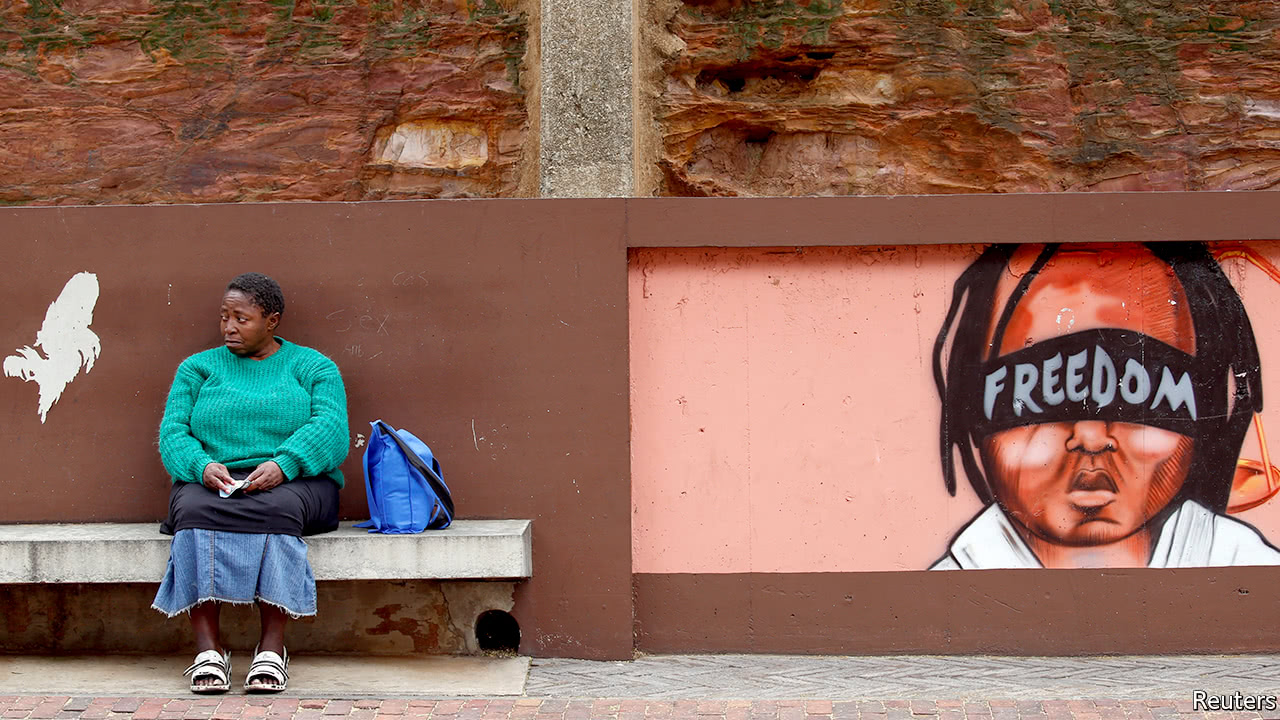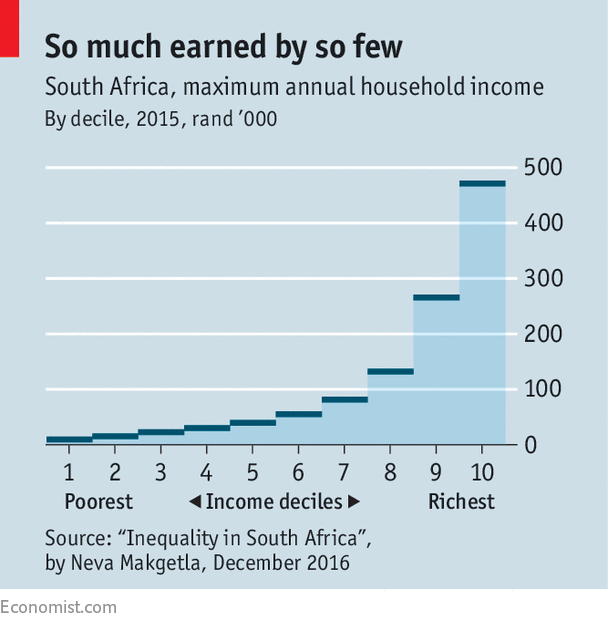What's good for the ANC is no longer good for SA - analyst

Daniel Silke.
RELATED ARTICLES
Zuma turmoil makes it a good time to buy - HSBC
Poll: Majority of ANC want Zuma to resign - Bloomberg
NEC has known about state capture since 2012 - analyst
Rand shoots over R13/$ on Zuma saga
GRAPH: What rand will do after Zuma survives ANC battle
Zuma says foreign agents behind attempt to remove him - Bloomberg
Another seven months of inertia, intrigue, navel gazing, policy paralysis and even extreme political polarisation and resultant physical dangers await South Africa, writes political analyst Daniel Silke.
TO paraphrase an old cliché, it has to get worse, before it gets even worse. And in South Africa’s case, the events of the last 96 hours did just that.
Amid deeply troubling allegations of the existence of a deep (‘mafia-style’) state which has captured and virtually pillaged the country, those largely in agreement with the status quo lived to fight another day in the seats of power.
While entirely predictable, the national executive committee's (NEC’s) decision to collectively bury their head in the sand rather than accept the depressing reality will help no one, least of all themselves (albeit with some short-lived access to resources).
Whatever the outcome of December, the country has lost an entire year. Its governing party, the ANC, is now simply unable, unwilling or so internally compromised that it can no longer take corrective action other than to weaken those on the right side of justice.
Multiple reasons exist as to why the NEC once again were derelict in their duty to hold the top office bearers to account. But when you are potentially compromised yourself and reliant upon the coat-tails of the president, inaction or battening down the hatches is perhaps your only option.
But to be fair, even with the pro-Zuma faction still dominant within the NEC, why should they disrupt the ANC’s own constitution with only seven months to go before the consultative conference?
Why should the crony-capitalist faction risk installing Deputy President Cyril Ramaphosa and thereby help him secure the top job at the end of the year, when they simply could not rely on him to dispense the largesse they currently enjoy? That would clearly be a danger to those seeking to perpetuate the Zuma brand of governance into the next presidential era.
Why should the NEC also be seen to bow to the pressures of the media, opposition parties, academics and religious leaders and remove their sitting president? The confluence of self-interest, patronage politics, bravado and extreme insecurity all came together at the Saint Georges Hotel – and South Africa was the loser.
The economic consequences of this decision will continue to be felt on the home front. Once again, the leadership malaise creates policy uncertainty and perpetuates policy paralysis. In this vacuum, the distinct danger is that the amorphous radical economic transformation will gain more traction – at least in rhetoric.
State linkages
Although South Africa does need a ‘radical’ change in creating economic growth, job opportunities and social upliftment, this policy is inherently confusing enough within the domestic context so as to afford those with linkages to the state direct benefits.
It’s a method of economic co-optation which plays into political support. In Zimbabwe, Robert Mugabe was able to formally embrace Joshua Nkomo in a political alliance. In South Africa, it’s an amended form of co-optation with a similar effect of buying loyalty.
But while the ANC seems to think that it still represents South Africa within a continued paradigm of conflating party and state, South Africans increasingly see the ANC as contradictory to the well-being of the state. And that’s exactly what the NEC have failed to see.
The liberation party has long believed itself to be synonymous with the best interests of the country. It built its entire propaganda base and practical modus operandi on this notion. And if the ANC could have shown decent growth rates, an improvement in employment opportunities and a real ‘best practice’ policy commitment, its support base would have remained loyal.
But with real net worth per household in decline and GDP per capita levels now back to 2013 levels, what’s good for the ANC (patronage and paralysis) is no longer good for South Africa.
Even the much-vaunted desire to enhance the role of the state as key interlocutor within radical economic transformation simply doesn’t work any more. If the state ran efficiently and provided the poor and indigent with the services they require, the electorate might forgive at least some of the cronyism at play.
But with an almost complete dereliction of responsibility in corporate governance among the SOE sector, the ANC again has lost substantial credibility. You simply cannot expect the population to buy into an increasing role for the state when sector after sector within state hands is so woefully mismanaged.
Crisis of credibility
Again, if state hospitals were managed so that the poor and elderly did not have to begin lining up from 04:00 in the morning only to be told by 06:00 that they would need to return the next day, confidence in governance might be better. If the basics of providing electricity, running an airline and a broadcaster are all so fraught with waste and graft, what belief can there be that we should hand over more power to the state?
So, here’s the rub. The ANC has a crisis of credibility. And ironically, it’s the ANC’s own message of conflating the well-being of the ANC with that of South Africa that is now at the heart of its electoral stress. The conflation of party and state for propaganda ends only works when things go well. When they turn sour, they go rancid pretty quickly.
And that is precisely what was wrong with the NEC’s decision on Monday. It is now a body without credibility. And it is a body that has failed to police the sum of all its parts – the disastrous boards of the parastatals, the creeping mafia state and the obvious signs of economic decline and under-performance.
Resorting to radical economic transformation is also likely to have very limited effect on the ANC’s troubled support base. Without the credibility in delivery to back it up, populist messages will be seen as hollow and insincere.
There more evidence of state capture, the less it appeals. Its desired effect of polarising voters around a desire for redress just falls short of real commitment when jobs for pals, lucrative contracts and salary bonuses seem the main benefits.
Ultimately, with a majority of ANC supporters now in support of the president’s resignation, the ANC is risking its own future on the perpetuation of the leadership faction already in power.
Once credibility has been lost, it is unlikely to ever return under similar leadership even after December. And should this credibility not be restored, government becomes less relevant as citizens seek out their own destiny either by being innovative or, depressingly, by being violent with scant regard for the waning authority of the state.
To survive, the governing party needs a holistic reboot of everything – from the top down. The party – and South Africa – has seven months left to attempt the most essential turnaround strategy of all in the country’s recent history. Anything less will bring economic hardship and a combustible – and potentially uncomfortable - period as we move towards 2019.
* Daniel Silke is director of the Political Futures Consultancy and is a noted keynote speaker and commentator. Views expressed are his own. Follow him on Twitter at @DanielSilke or visit his website.
SUBSCRIBE FOR FREE UPDATE: Get Fin24's top morning business news and opinions in your inbox.
Read Fin24's top stories trending on Twitter:



